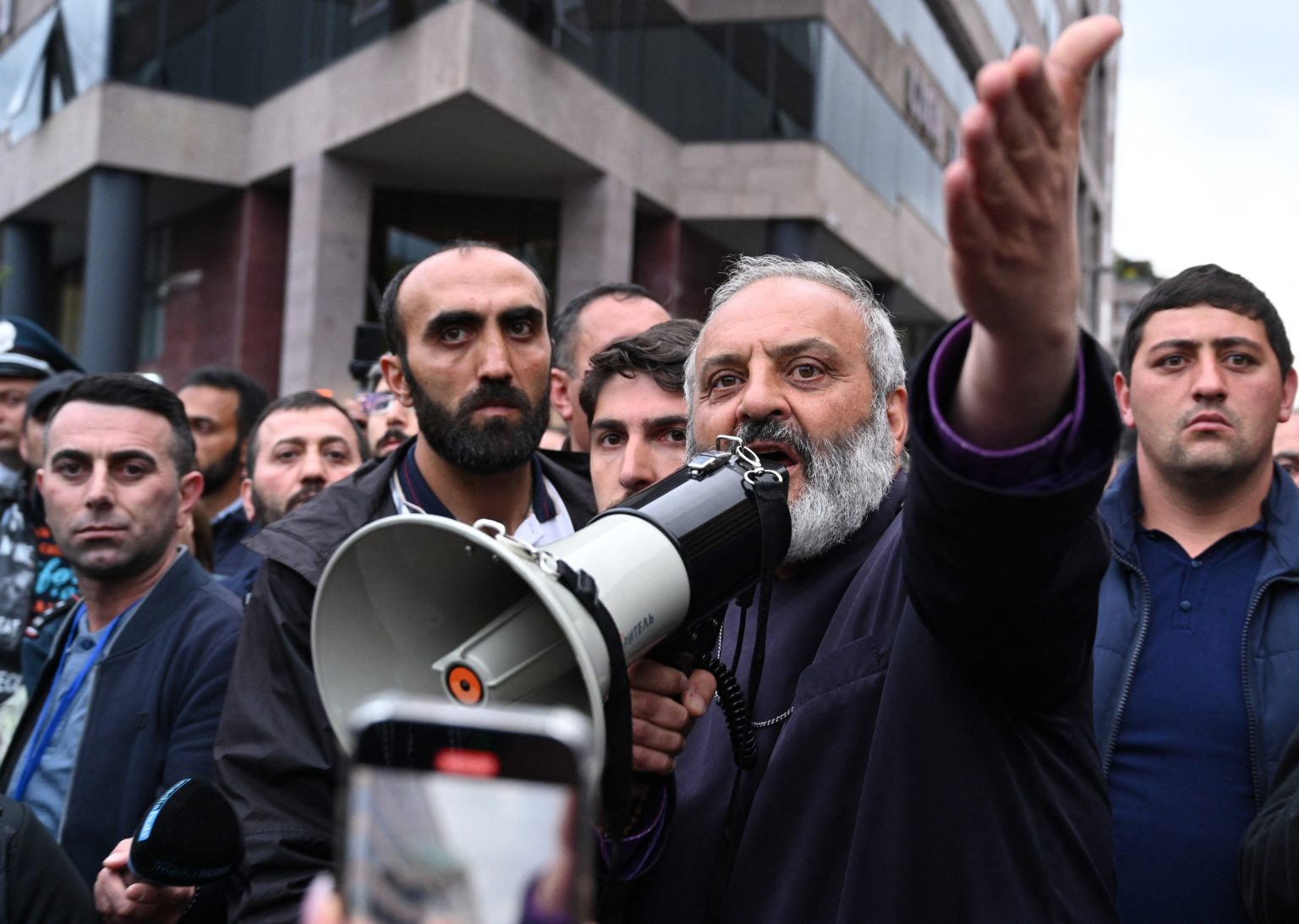Armenia is currently embroiled in a conflict between its church and state, with support from Iran and Russia on the side of the church. The protests, led by archbishops, are demanding the resignation of Prime Minister Nikol Pashinyan due to the government’s perceived betrayal of the country. The root of the current unrest stems from a land transfer agreement with Azerbaijan following the Nagorno-Karabakh conflict, in which Armenia agreed to return certain villages to Azerbaijan in exchange for peace and a demarcation agreement.
Iran and Russia view the unrest in Armenia as an opportunity to rekindle conflict between Armenia and Azerbaijan to further their own interests. A peace deal between the two countries would threaten Russian and Iranian dominance in the region by potentially creating a new trade route that bypasses Moscow and Tehran. Russia has historically played a role in the Armenia-Azerbaijan conflict, selling weapons to both sides and preventing a true settlement to maintain influence in the region. Iran is looking to exploit the situation by using the church as a political tool, similar to Russia’s tactics in the post-Soviet space.
The involvement of the Armenian church in the political turmoil marks a notable shift, as the church had previously stayed out of politics in the country. The church’s opposition to Pashinyan stems from his government’s decision to sign a ceasefire with Azerbaijan and recognize Nagorno-Karabakh as part of Azerbaijan, leading to widespread protests and calls for his resignation. The church’s alignment with Iran and Russia in the current conflict highlights the complex political dynamics at play in Armenia and the broader region.
The current unrest in Armenia is seen as an opportunity for Iran and Russia to advance their influence in the region by capitalizing on the church’s involvement in the protests. If successful, the overthrow of the Pashinyan administration could have far-reaching consequences, including undermining the prospects for a stable trade route through the Middle Corridor and increasing Armenia’s dependence on Russia and Iran. The situation in Armenia highlights the delicate balance of power in the region and the potential for external actors to manipulate internal conflicts for their own gain.
The implications of the current situation in Armenia are significant, with the potential to alter the geopolitical landscape in the region. The involvement of Iran and Russia in supporting the church against the government adds a new dimension to the conflict, with the church emerging as a key player in the power struggle. As the protests continue and tensions mount, the future of Armenia hangs in the balance, with the possibility of reverting to a state of corruption and lawlessness if the church-backed opposition succeeds in ousting the current government.
Overall, the showdown between Armenia’s church and state, with the backing of Iran and Russia, represents a critical turning point in the country’s political landscape. The involvement of external actors in supporting the church against the government underscores the complex dynamics at play in the region, with far-reaching implications for Armenia’s future. As the protests intensify and the standoff between the church and state escalates, the consequences for Armenia and the broader region remain uncertain, with potential implications for regional stability and security.


